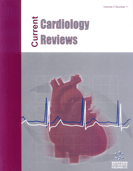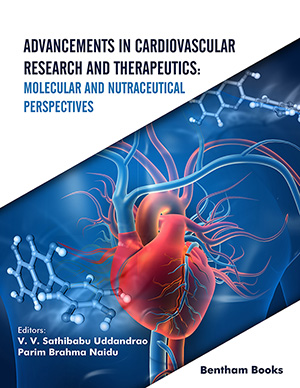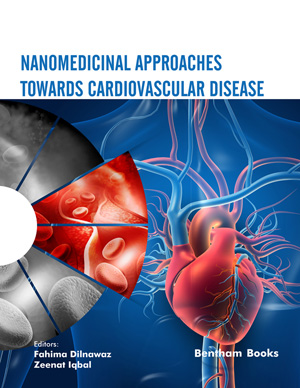Abstract
A great bulk of evidence supports the concept that regular exercise training can reduce the incidence of coronary events and increase survival chances after myocardial infarction. These exercise-induced beneficial effects on the myocardium are reached by means of the reduction of several risk factors relating to cardiovascular disease, such as high cholesterol, hypertension, obesity etc. Furthermore, it has been demonstrated that exercise can reproduce the “ischemic preconditioning” (IP), which refers to the capacity of short periods of ischemia to render the myocardium more resistant to subsequent ischemic insult and to limit infarct size during prolonged ischemia. However, IP is a complex phenomenon which, along with infarct size reduction, can also provide protection against arrhythmia and myocardial stunning due to ischemia-reperfusion. Several clues demonstrate that preconditioning may be directly induced by exercise, thus inducing a protective phenotype at the heart level without the necessity of causing ischemia. Exercise appears to act as a physiological stress that induces beneficial myocardial adaptive responses at cellular level. The purpose of the present paper is to review the latest data on the role played by exercise in triggering myocardial preconditioning.
Keywords: Cardioprotection, cardiovascular disease, heart, ischemia, remote preconditioning, warm-up.


















